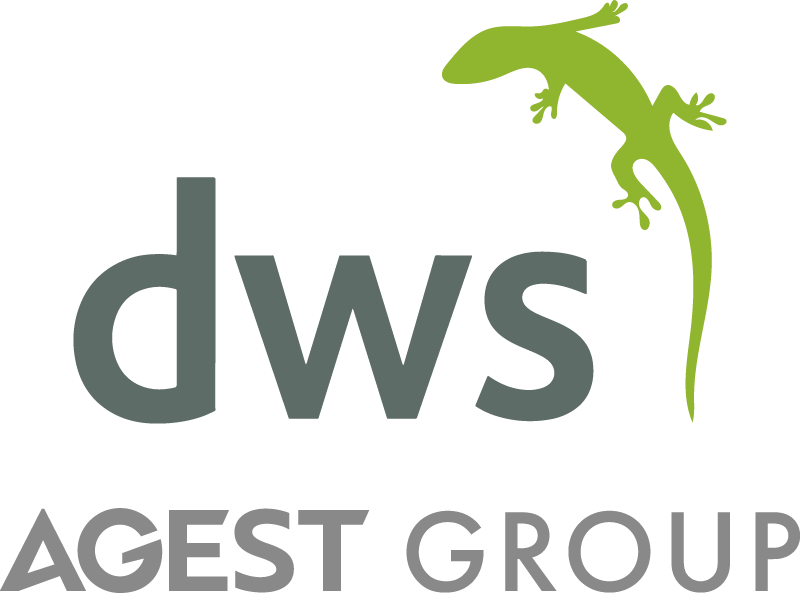by Barry Burke
What do I mean by a fit and healthy JD Edwards future? This is a future where JD Edwards customers are more agile to change than they have ever been before. This is a future where the customer actually spends less money but gets more value. This is a future where customers execute on projects that are faster, smarter and more cost effective. Whilst there are many challenges to the never-ending journey to ERP Nirvana, we believe these two boulders are essential to move quickly in order to get to the next level.
- Put your mods on a strict diet
- Tone your system by automating processes wherever possible
Not all mods are evil, but nearly everyone is carrying excess baggage
The reason this boulder is so important to shift is that the extra weight of modifications directly inhibits business agility when it comes to adopting Oracle innovations on a regular cadence.
Oracle JD Edwards has done a great job in providing tools in the later releases that provide a low code/no code framework. This can help to nullify previous modifications that were relatively simplistic in their nature. JD Edwards has also made it easier to identify potential modification candidates for retirement. These are good wins, but the vast majority of JD Edwards customers carry baggage which is much larger. It is essential to go into much more depth.
At DWS, we advocate decommissioning as many modifications as possible and not just when you are considering an upgrade or even getting code-current. If you are really determined, it is amazing what you can achieve.
This is where we have witnessed customers achieving great success:
- Use standard JD Edwards tools to assist with first pass analysis of your modified (mod) footprint
- Leverage DWS’ tools-based services to deep dive into your code, right down to the pixel level of detail to uncover previously unknown decommissioning opportunities. Our average mod reduction rate is 45%.
- Monetise your mods. DWS’ tools-based services can estimate the effort down to a ‘minutes’ level of accuracy to uplift your mods to the desired Oracle code base level. By monetising the mod and attaching a $ value, you can ask stakeholders to justify the continued need for specific mods. For example, we have seen IT leaders go to their business process owners and state that the cost to upgrade all the mods in the Purchasing module would be $50k. This kind of data can be very powerful in persuading the business to revert back to vanilla software and therefore enable better agility in the future when they want to take advantage of a particularly useful new feature.
- Hold a mods challenge workshop. Set up a pristine environment with latest Oracle code base with no mods, but with a copy of production data. Walk through all the key business processes in the vanilla software and note down which processes can be reverted back to vanilla or close to vanilla software. This process may require the assistance of a suitably experienced systems integrator with the appropriate functional expertise. Ensure to not only look at the business applications, but also at the UI, UX One, Orchestrator, Notifications, UDO’s, new modules, new functionality etc.
Reducing your modified footprint is key to enabling a successful ‘Continuous Adoption’ strategy. The lighter your footprint, the more agile you will become. Banish the bad old days of only being able to carry out upgrades every 6 or 7 years. You should be able to keep code-current at least once a year. See our recent blog ‘Code Current as a Service. What and Why?’.
It’s 2020, automate where possible
Adopt an automate where possible policy. Automation reduces costs, improves accuracy and increases user productivity. Today’s modern ERP landscape offers a myriad of different automation possibilities. It may be that you have implemented some automation inside your JD Edwards system, but I’ll bet you could go further!
We have seen JD Edwards customers automate in all sorts of different areas:
Testing, package builds, security, mobile, job scheduling, monitoring, patch application, database, chat bots, integration processes, compute resource scaling, performance optimization, A/P and many more.
Oracle and the wider partner community have provided many tools to help customers go further with their automate where possible policies. Orchestrator is certainly a very powerful tool that can help to automate certain business processes. DWS can provide guidance and assistance in getting the most out of Orchestrator.
When talking to customers, there is one recurring theme. That is that testing JD Edwards applications and business processes after change events is very time consuming. It is so time consuming that it holds customers back from implementing a Continuous Adoption policy. At DWS, we have been helping customers all around the world to automate their JD Edwards testing. Our software helps customers to plan their testing, automate their functional testing and also load/stress test their JD Edwards systems. We have customers who have reduced their testing burden by 60% by automating the testing of large parts of their JD Edwards systems. This has helped to free up resources to implement other business critical projects (which could include further automation) in a more compressed timescale.
Please do reach out to us here at DWS if you wish to discuss any of the subjects raised in further detail. There are also fantastic resources to be found at learnjde.com.




